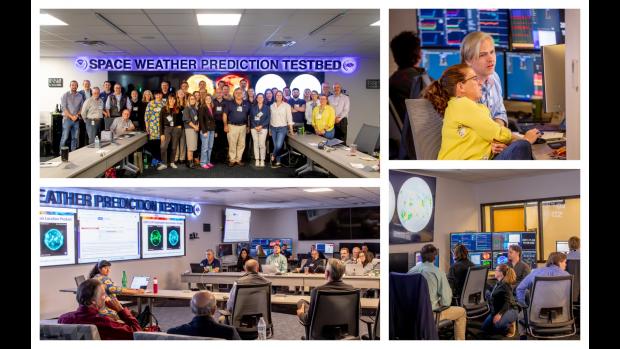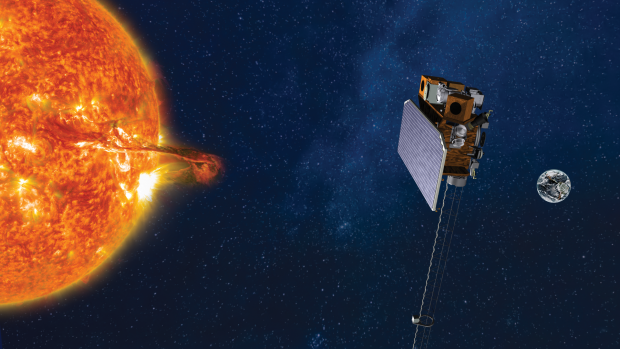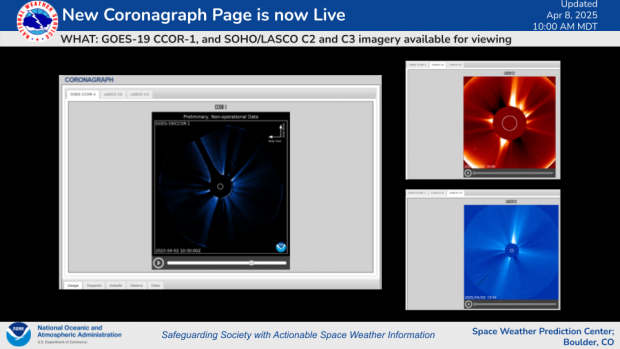|
The Sun (EUV) 






|
The Aurora 

|
Coronal Mass Ejections 


|
|
GOES X-Ray Flux |
GOES Proton Flux |
Updated Time:
|



